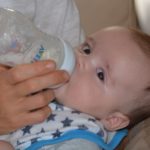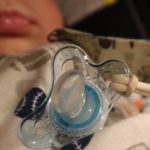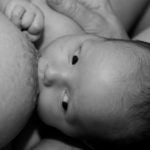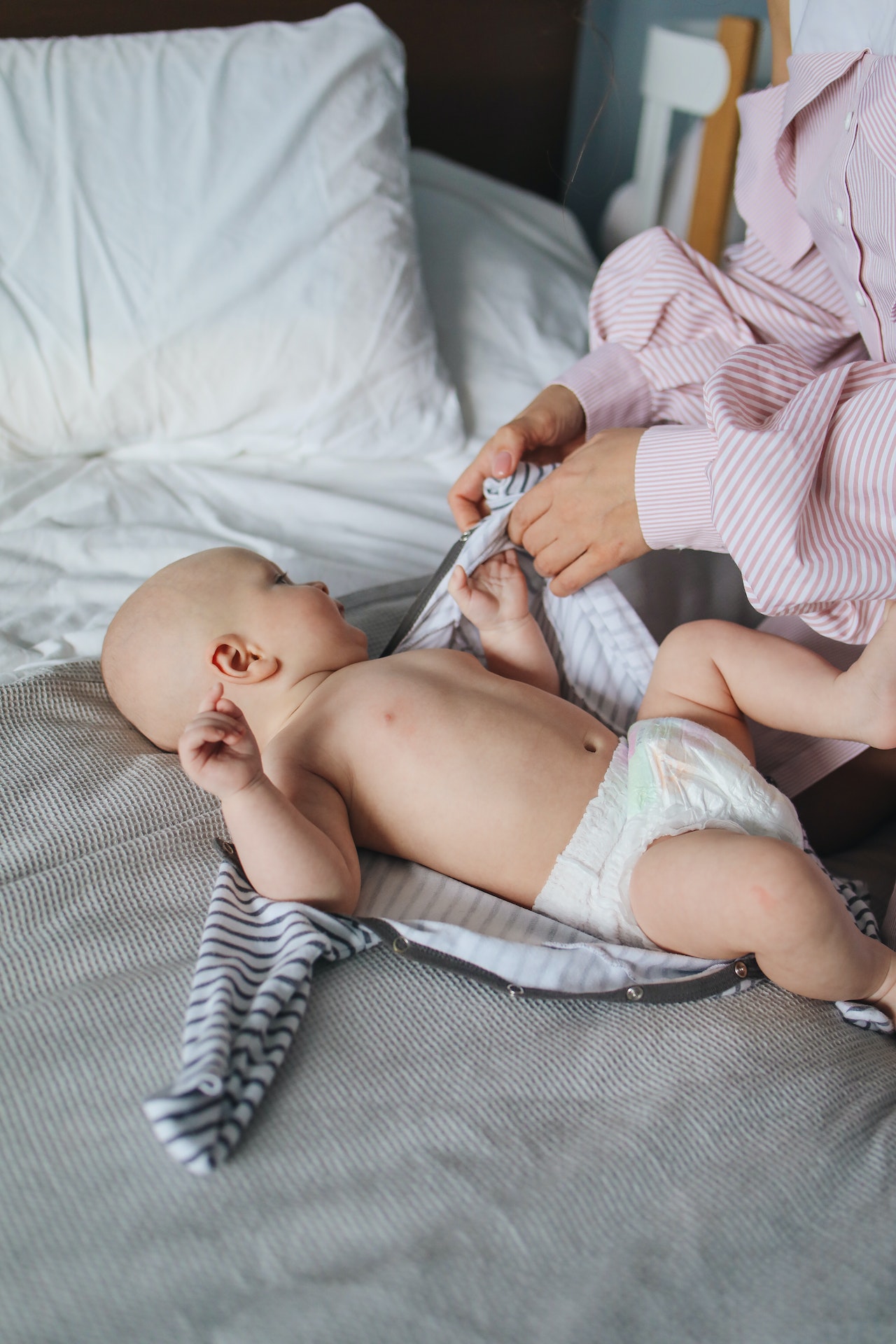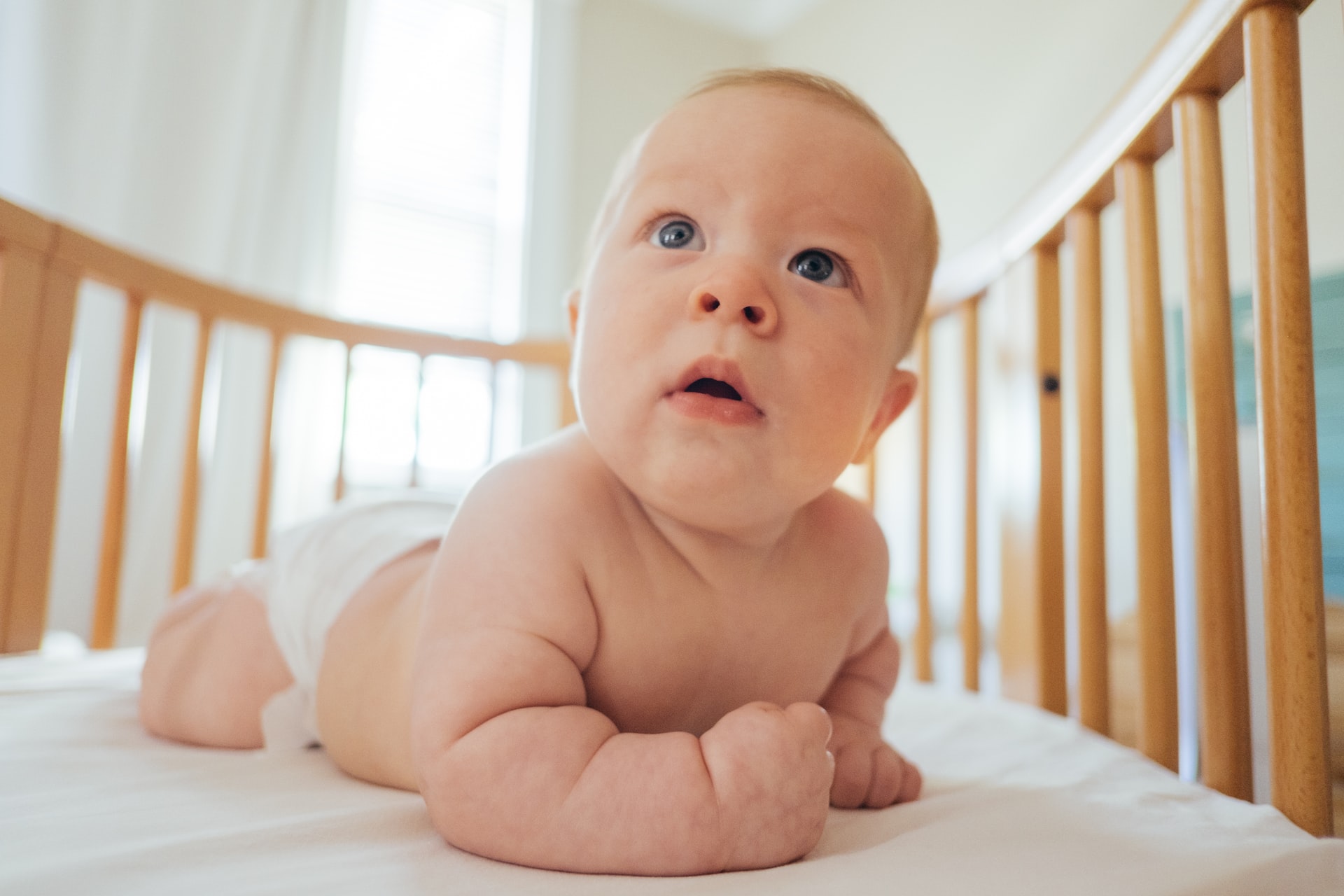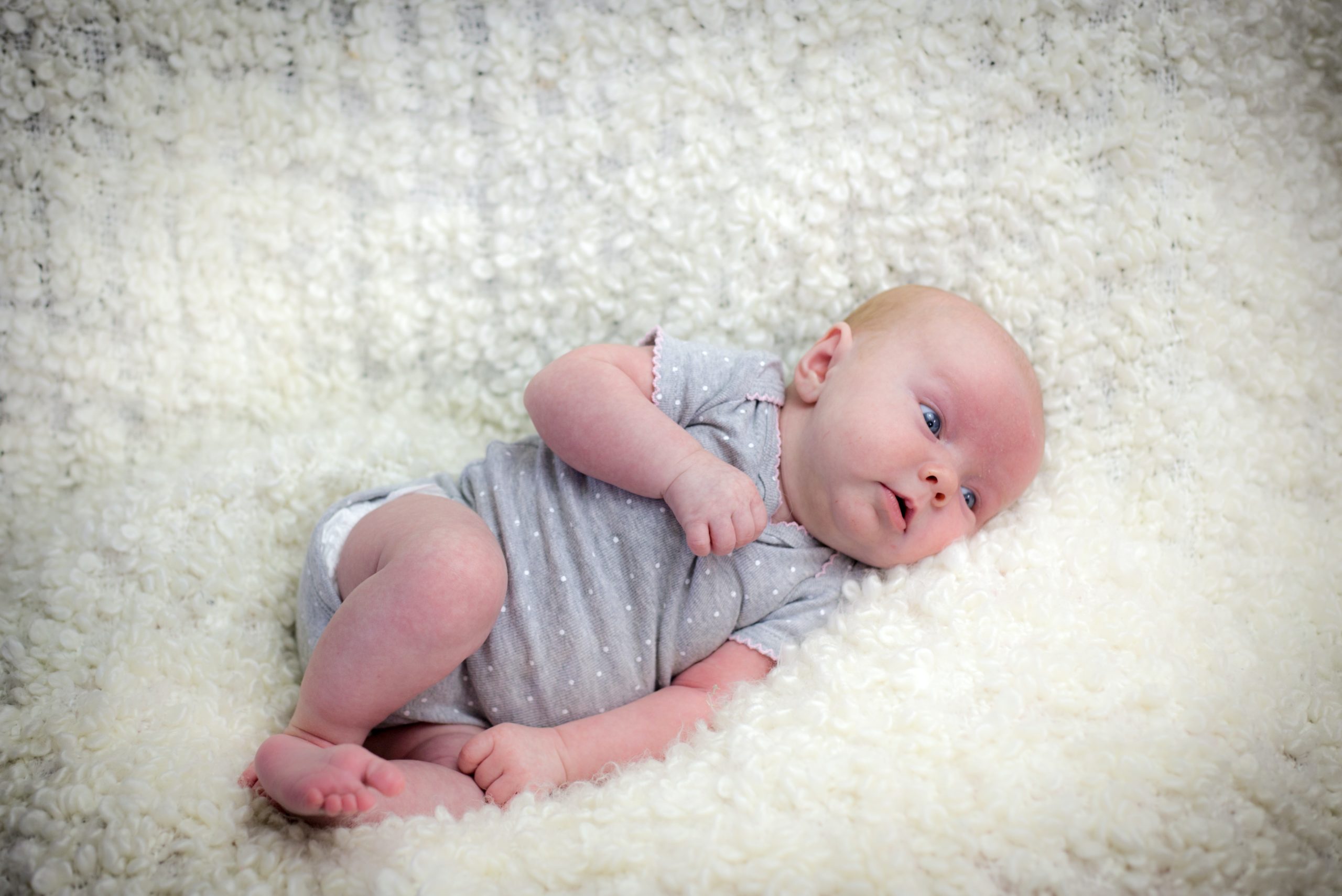
7 Diapers With Wet Diaper Indicator
It might be difficult to gauge how often a newborn needs to be changed, as sometimes it could be minutes or it could be hours. Selecting diapers that feature a wet diaper indicator eliminates the guesswork involved in determining whether or not your child’s diaper needs to be changed. Technology makes us more efficient for…

